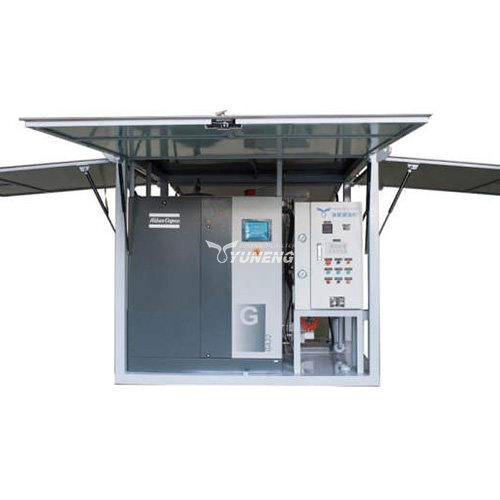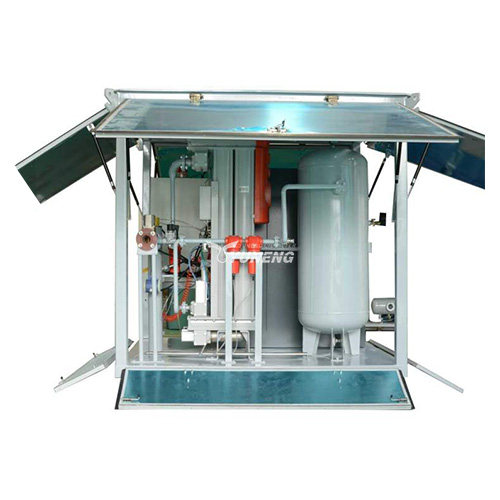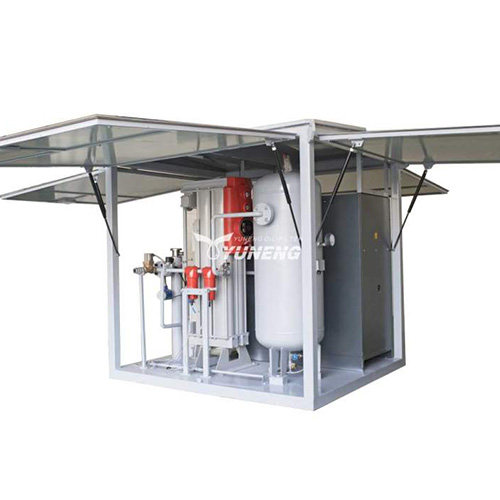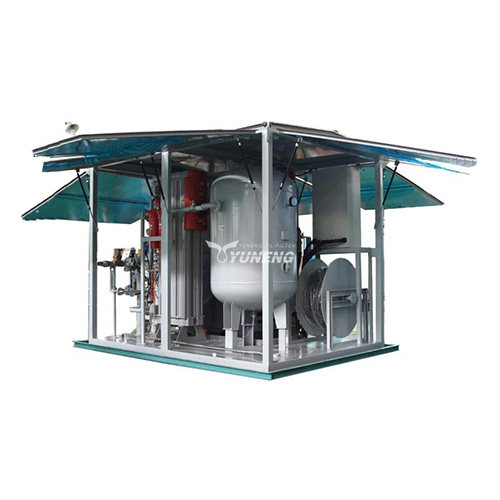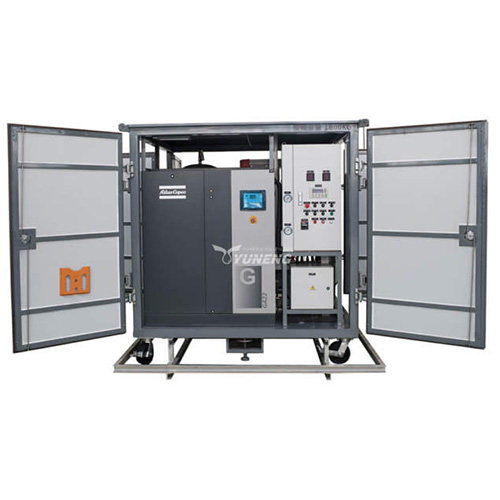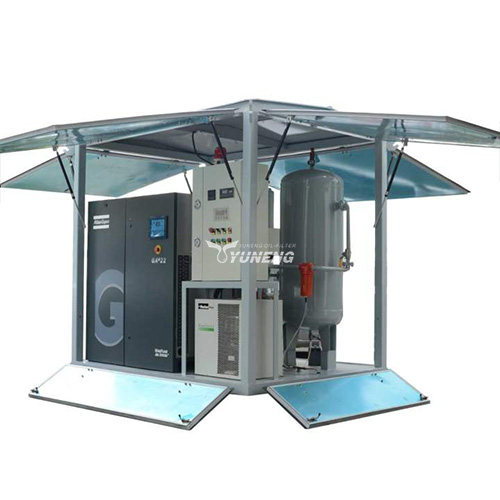Common Mistakes When Using Dry Air Generators for Transformers
Using a dry air generator is essential in the contemporary maintenance of a transformer. These tools supply uninterrupted dry air to the transformers in order to eliminate moisture while servicing, transporting, or storing. Like any other specialised tools, effectiveness relies on proper use of the dry air generator.
Table of Contents
This article discusses the significance associated with dry air generators, the common mistakes made by technicians and engineers, and some methods of correcting these mistakes. Understanding the outlined errors will assist in enhancing the transformer’s lifespan, decreasing failures, and lowering the maintenance costs. This applies to all field engineers, maintenance heads, and even procurement specialists.
Why Proper Use of Dry Air Generators Matters
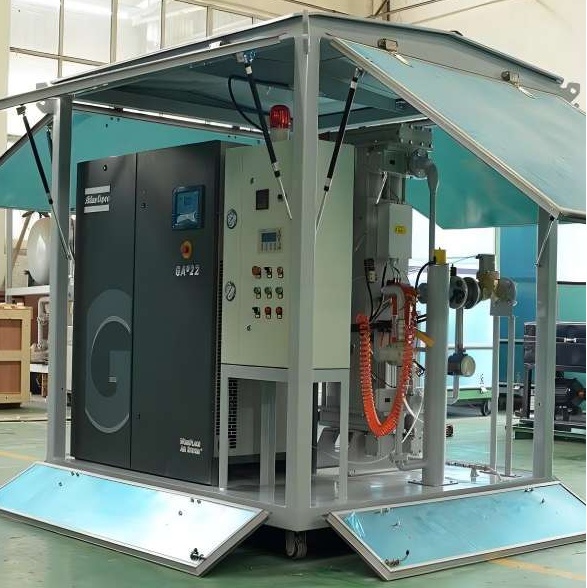
Transformers are extremely sensitive to moisture. Even small amounts of water can lead to partial discharges or ageing on a transformer’s solid insulation and oil. This makes moisture management vital, especially during oil drainage or long-term storage.
A reliable solution for this is dry air generators, which provide low dew point air to transformer tanks. This dry air displaces ambient humid air and assists in removing inside moisture.
A dry air generator is only effective when these air generators are set up for dew point monitoring. Neglecting dew point monitoring creates a humidity gap which invites water back inside, increasing moisture and insulation failure, in addition to corrosion and unplanned downtimes.
Using dry air generators leads to efficient dehydration, safer working climates, and prolongs the lifespan of the transformer. This illustrates that efficient moisture management equips your device with powerful equipment, and all that’s required is to use it properly.
Common Mistakes When Using Dry Air Generators
While it is true that dry air generators are a fundamental part of keeping a transformer’s insulation intact, they must be operated properly if results are to be achieved. Below are five of the most frequent and expensive errors technicians make when it comes to drying transformers, and the reasons these errors are important.
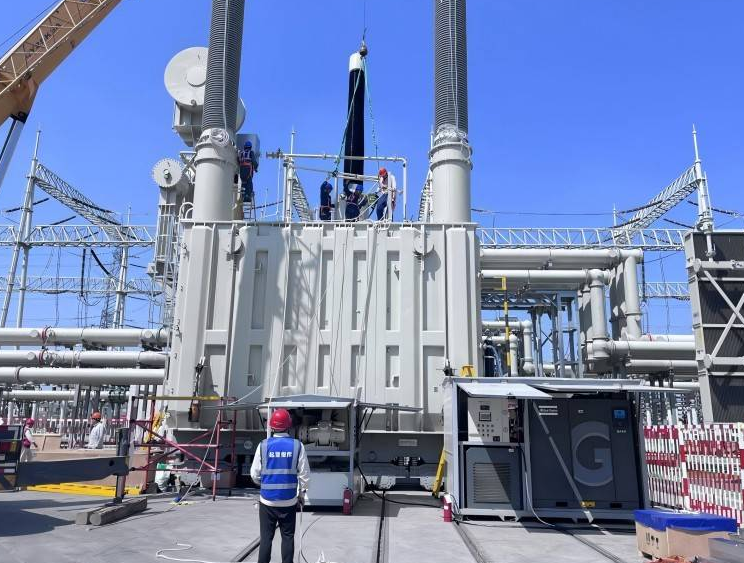
Failure to Monitor Dew Point
The air’s effectiveness at any given moment relies on the dew point, which is a key performance indicator. Failure to monitor it, on the other hand, could cause air with a substantial amount of moisture to be injected. This would undermine the entire drying process and potentially reintroduce moisture to insulation materials. The dew point must be monitored in real time using calibrated sensors so it does not go above the recommended value of -50°C.
The Transformer is Not Properly Sealed
Drying requires the transformer to be completely sealed. Any flanges and tanks that are not sealed could allow for dry air and moist air to mix which would void any drying that had already taken place. Even the smallest gaps could allow for moisture to mix with the dry air. All gaskets, manholes, and cable bushings must be fully sealed before the procedure can begin.
Stopping the Generator Too Early
Inadvertent shutting off of the dry air generator is often the most neglected practices. This is mostly due to assumptions on drying speed. Stopping the moisture removal process without following the required steps may lead to dried superficial surfaces while deeper sections remain wet, creating long-term reliability issues. Always adhere to guidelines provided based on the dry air generator model, quantity, mass of the insulating layers, and the moisture initial value.
Using Wrong Flow Rate Specification
A transformer may not be adequately de-moisturised with an overly low flow rate setting because it may not create enough pressure to push out moist air within the transformer. On the other end of the spectrum, an overly high flow setting may create drying turbulence. Always check to see what the manufacturer recommends and make sure the flow setting conforms to the transformer size and environmental conditions.
Skipping Repair and Maintenance
As with all pieces of equipment, described above, regular maintenance is critical. Maintenance to air quality, like replacing the dry air filters, saturating the filters, and replacing worn out components is critical to the air quality. Timely maintenance like air quality monitoring, check-up, and filter maintenance greatly aid in achieving an optimal dew point and air flow rate.
Ultimately, the described issues are extremely critical with regard to moisture check-up, air quality, filter maintenance, and dew point achieving optimal parameters greatly aid in ensuring safe and effective maintenance operation. These errors must be avoided in order to maximise the effective lifespan of the transformer.
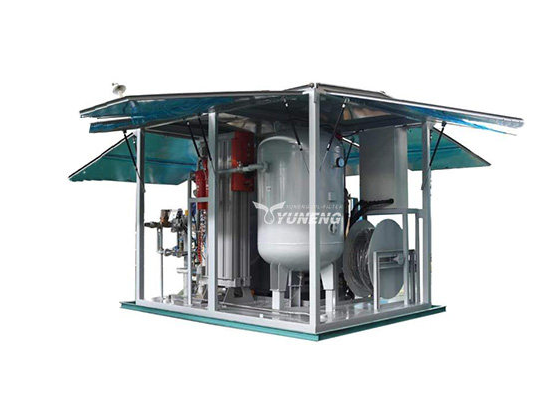
How to Avoid These Mistakes
Avoiding mistakes when using dry air generators starts with proper planning, equipment awareness and adherence to processes. The necessary steps to maintain reliability and efficiency in the drying process are outlined below.
- First and foremost, ensure that dew point monitoring air supply is provided. Confirming air supply with a built-in dew point meter and taking air samples throughout the operation rounds will guarantee that the air supplied is continuously below -50°C. This is crucial in successfully removing moisture and in protecting the insulation of the transformer.
- Before starting, ensure all transformer openings are not only inspected but fully sealed. Make sure that adequate gaskets and other sealing substances are utilised around manholes, flanges and cable bushings in order to keep humid air out of the system.
- Taking the size of the transformer and the surrounding environmental conditions into account, allow adequate time to dry the equipment. Closely related to the first step suggested, rushing this step scrutinises the stress placed on the internally located insulation which strives to painstakingly relinquish absorbed moisture.
- After completing the previous steps, the next step would be to supply dry air to the system and the supply dries out the operation. Double-check the supplied air with the generator’s technical manual. The supplied air will be fine-tuned based on the complexity of the transformer as well as the volume it entails.
- Regularly scheduling the maintenance of your dry air generator will ensure the replacement of system filters and desiccants as well as the necessary cleanup to guarantee unsoiled air. This will ensure the provided air is clean and unsoiled. Meeting all set criteria promptly and regularly guarantees the air supply will be dry.
Following the discussed steps will ensure accuracy in moisture prevention and dry efficiency, minimized moisture-related failures, and increased service life of your transformer.
Expert Tips for Effective Use of Dry Air Generators
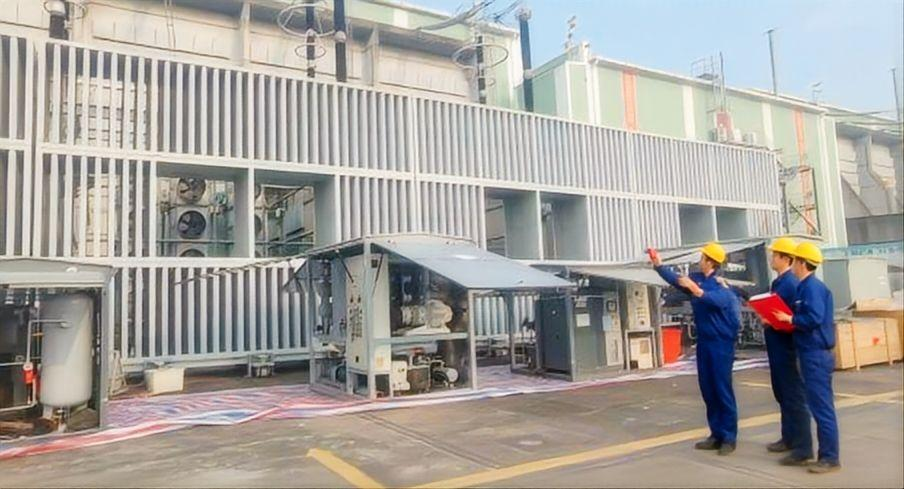
Maximise the dry air generator’s performance with the following expert tips:
- Automated dew point management systems provide air quality monitoring and adjustment in real-time, ensuring air remains dry constantly and consistently.
- Utilising dry air in tandem with low-temperature heating is beneficial in drying overheated moist transformers.
- Capturing the drying dew point, the ambient conditions, as well as the duration of the drying provide vital data to the process; therefore, keeping drying logs assists with future diagnostics and optimisation.
- Replacing desiccants should be done before the performance meets the drop, ensuring your materials are well stocked with high-efficiency desiccants with known saturation points for reliable performance.
- Implementing clear standard operating procedures across teams and sites for the transformer drying process assists in standardising steps, ensuring cross team and cross site consistency.
- Thorough and frequent training for the correct setup, sealing, and safety steps for the process assists in enforcing safety and compliance.
Improving drying effectiveness, these procedures will in addition provide reliable and safe transformer use for prolonged periods of time.
Adhering to proper dry air generator procedures safeguards transformer reliability and moisture-related failures. Common mistakes such as ignoring air quality inspections, incorrect pressure settings, and poor maintenance of desiccants can minimise equipment lifespan and increase costly downtimes.
For proper performance, schedule regular monitoring, servicing, and follow proper installation protocols. A trusted professional can be of assistance when needed.
Safeguarding an entire network of interlinked power structures hinges on maintaining a dry air system. A proactive approach protects transformers from avoidable failures and keeps the grid operating seamlessly.

